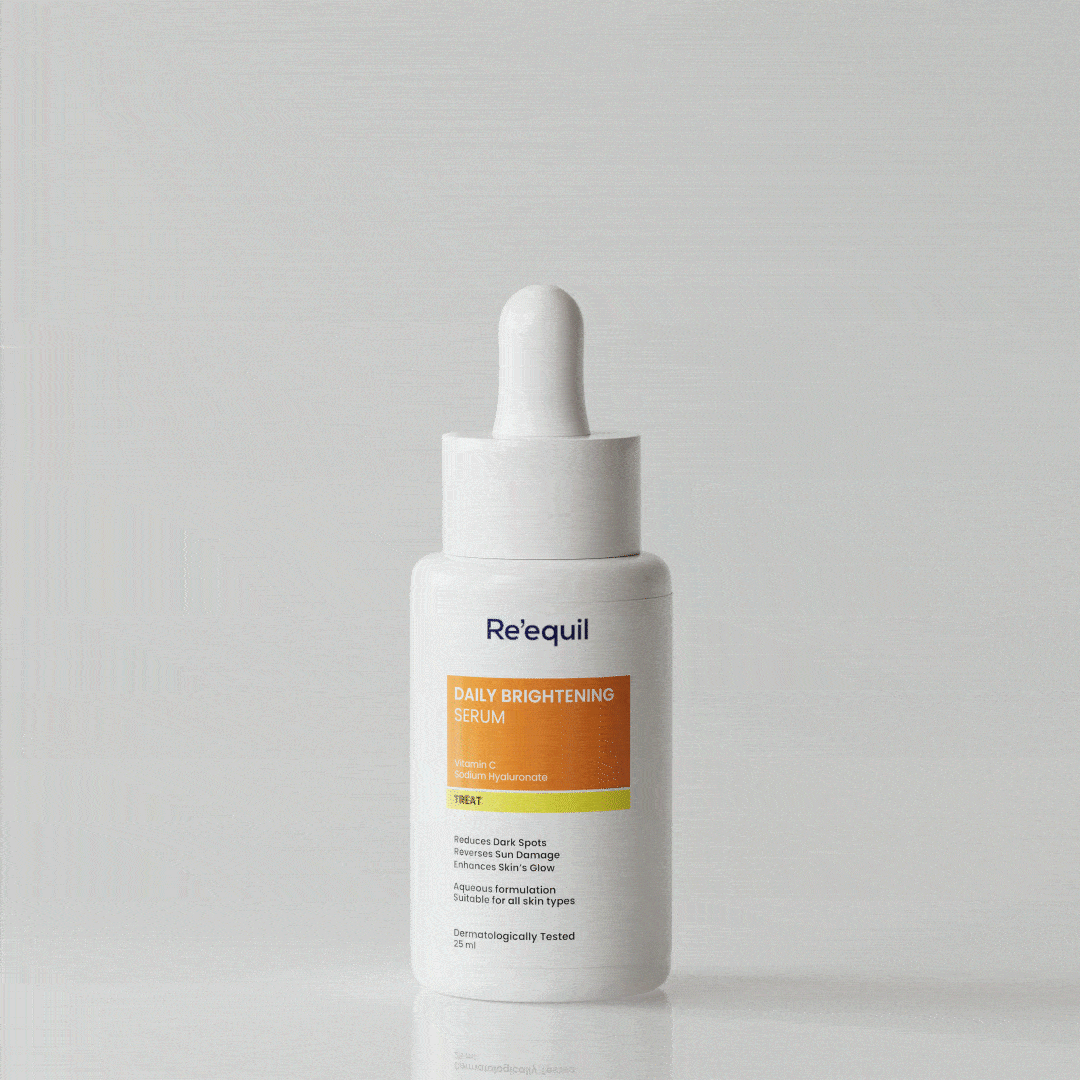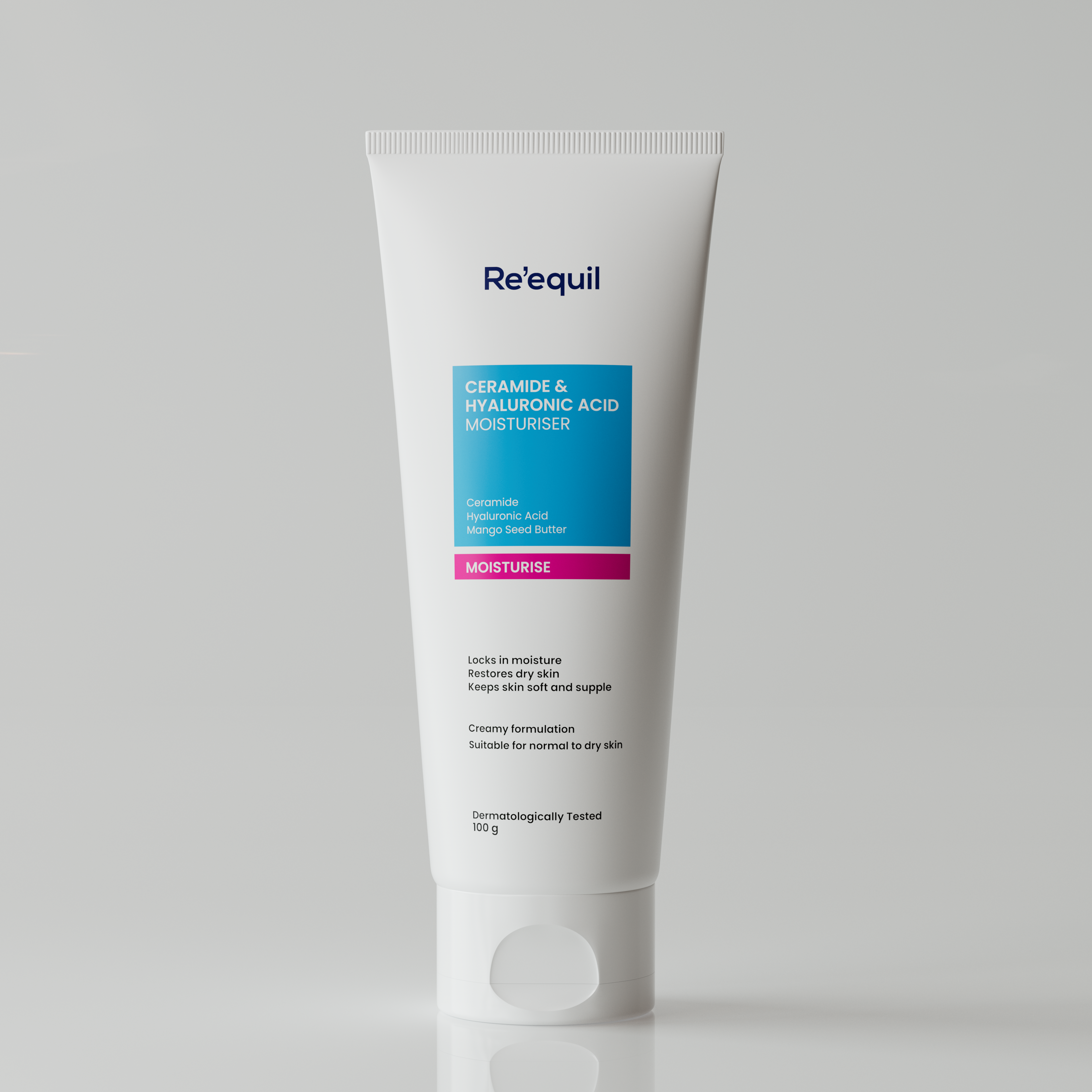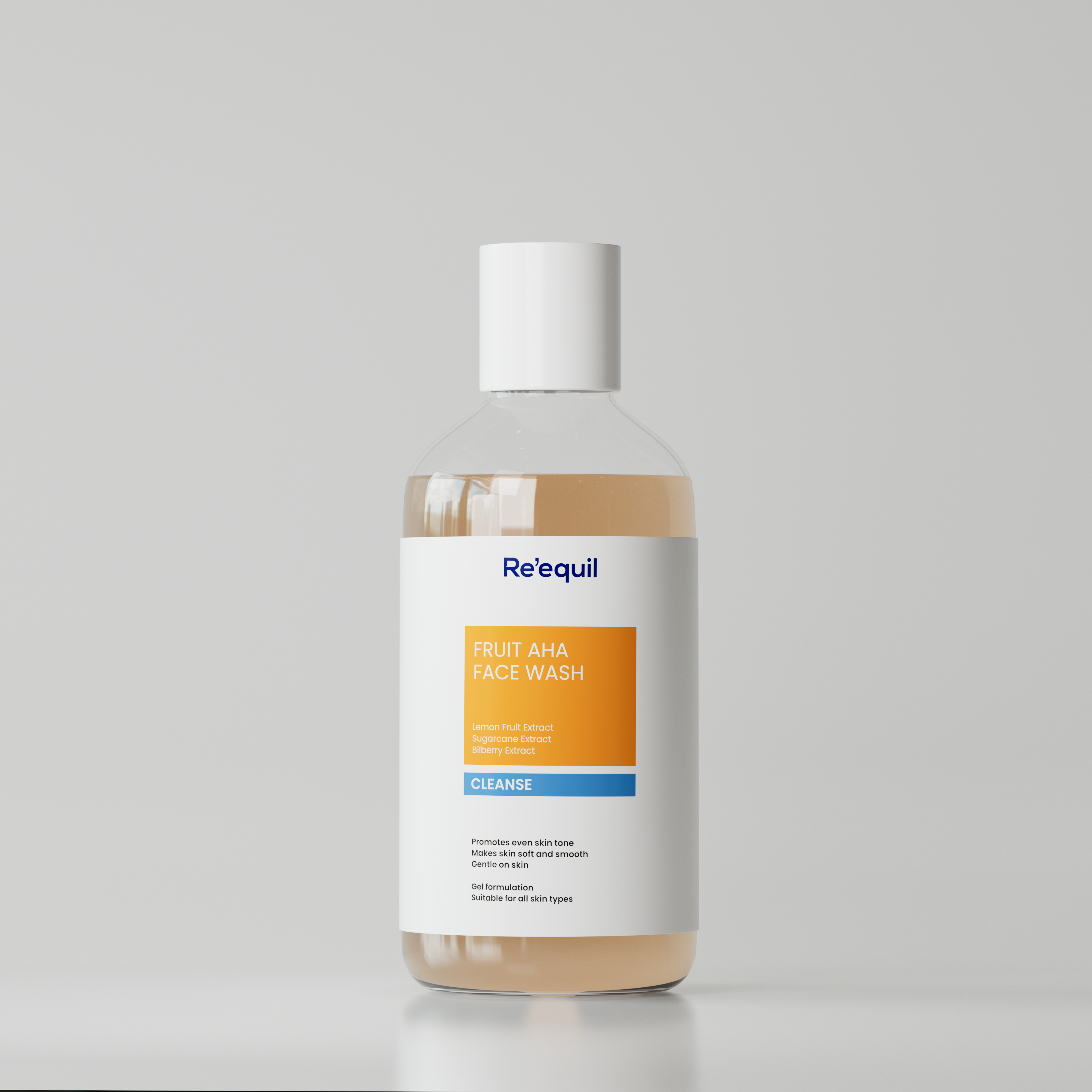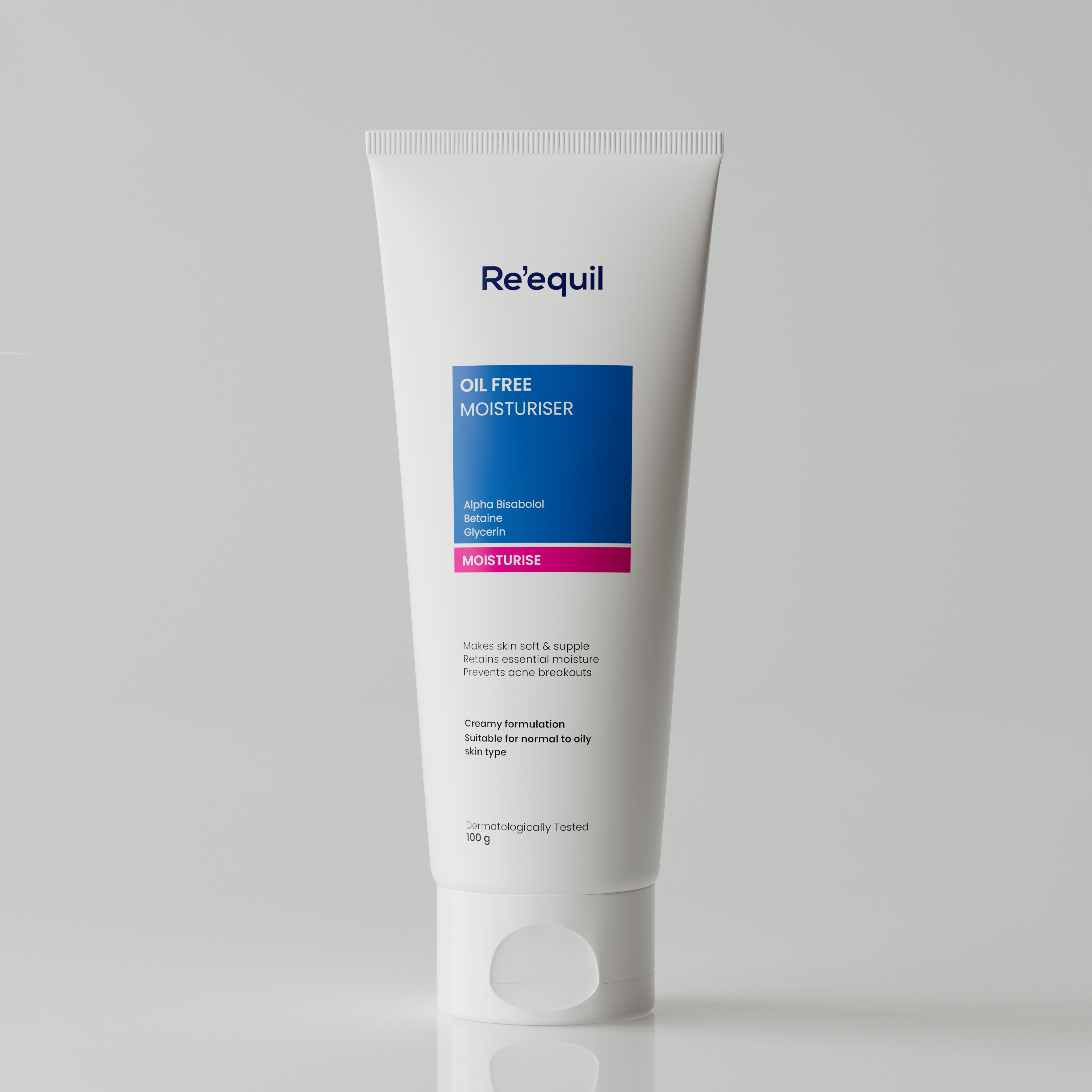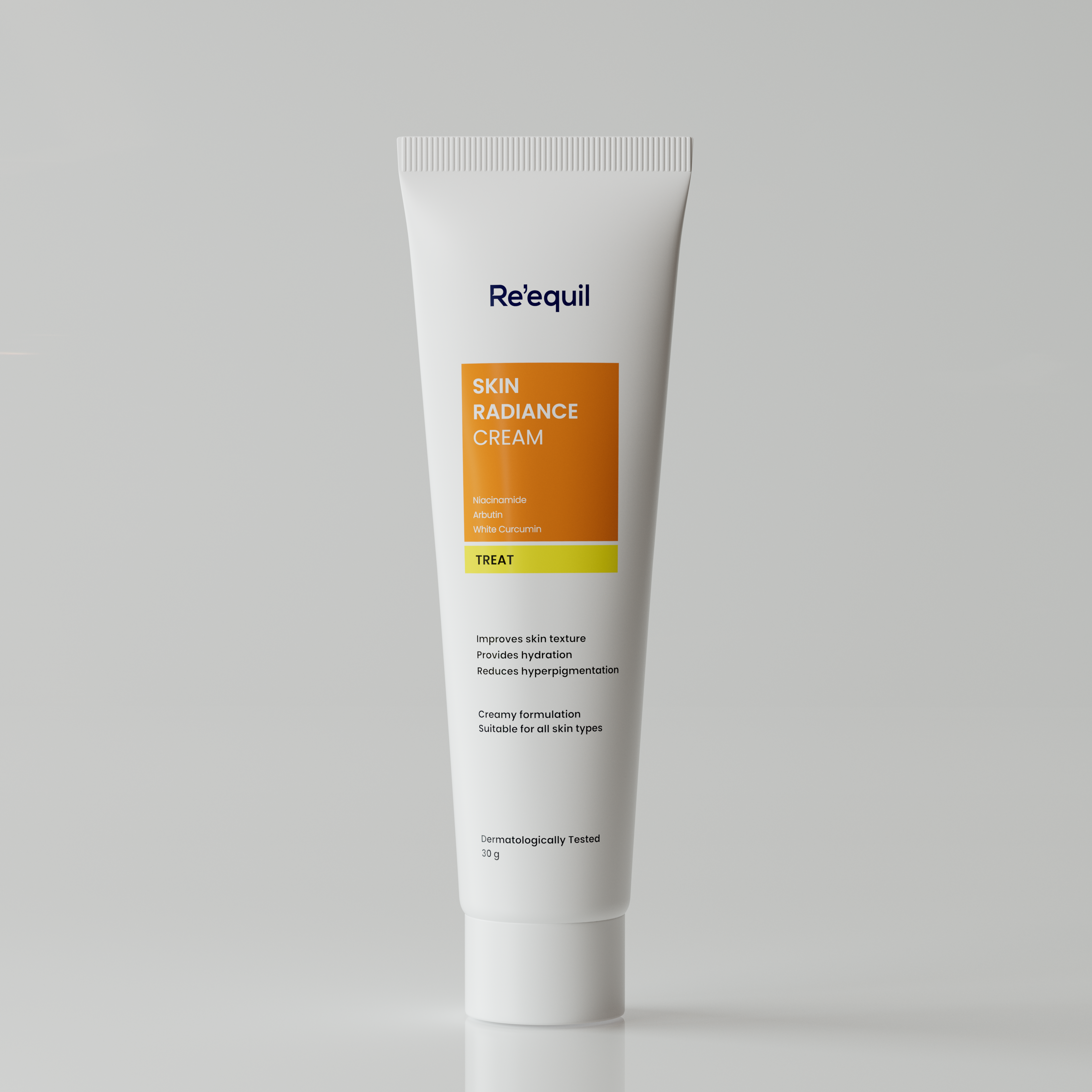SA is a BHA (beta-hydroxy acid) that removes dead skin cells from the stratum corneum (the outer layer of the skin).
It is considered to be one of the most effective peeling agents—and is efficacious in treating numerous skin concerns including acne vulgaris and melasma.
Peeling agent: The purpose of peeling is to stimulate the skin's regeneration process by purposefully removing dead skin cells by controlled chemical harm. This smoothes the skin and encourages an even texture.
Thus, Salicylic Acid is a great choice of ingredient to add to your skincare routine.
But, be mindful of the fact that it does not mix well with certain ingredients. Let’s learn more in this blog.
Which skincare ingredients you should not mix with Salicylic Acid?
Mixing Salicylic Acid with the following skincare ingredients can cause skin itchiness, redness, and other adverse effects—which can further be severe if you have sensitive skin.
Salicylic Acid + Retinol. SA is a peeling agent that can make your skin dry—and Retinol too, can be drying initially.
Do not use SA with Retinol at the same time of the day or on the same day.
“The risk of skin irritation, including flaking, dryness, and redness, rises when Salicylic Acid and Retinol are used concurrently or on the same day,” says Dr Aseem Sharma, MD, DNB, FAAD.
But if you wish to use them together, use Retinol and Salicylic Acid on alternate days, he suggests. For example, you can use Retinol on Monday, SA on Tuesday, and so on.
Moreover, if you have oily skin—your skin may handle the initial dryness caused by the combination of SA and Retinol. But, we still recommend you use both these ingredients on alternate days.
For individuals with dry skin, the combination of SA and Retinol is a big no. The dryness caused by them could just be a little too much for the skin to handle—causing flakiness, itchiness, and redness.
For more information, read - Can you Use Retinol and Salicylic Acid Together?
Salicylic Acid + Benzoyl Peroxide. The combination can cause excessive dryness, peeling, and redness.
No doubt that these two are among the most effective acne treatments. However, the bad news is that you can use any one of them.
Dermatologists don’t recommend using SA with Benzoyl peroxide. The combination will dry out your skin very quickly—causing flakiness and peeling.
Instead, you can pick between SA and Benzoyl Peroxide based on your skin concerns.
If you have mild to moderate blackheads and whiteheads—adding Salicylic Acid alone in your skincare routine should be enough.
However, if you have severe acne, for example, papules and pustules, Benzoyl Peroxide can be a better option for you. Make sure to consult a Dermatologist before adding Benzoyl Peroxide to your skincare routine.
Moreover, if your skin is sensitive, Salicylic Acid is better for you since it’s less potent and is less likely to irritate.
Skincare ingredients you should mix with Salicylic Acid for great results
To enhance the efficacy of Salicylic Acid—pair it with the following skincare ingredients. These combinations can be a targeted solution for skin concerns like acne, hyperpigmentation, etc.
Salicylic Acid + Niacinamide
This combination is an effective treatment for acne.
Salicylic Acid contains deep-cleansing properties that remove dead skin cells—whereas Niacinamide regulates sebum production and reduces excess oil, preventing future breakouts.
Moreover, SA and Niacinamide complement each other and can provide enhanced results if used together—causing no adverse effects.
However, more studies are required to determine the efficacy of this combination in topical skincare products.
For more information, read: Can Salicylic Acid Work With Niacinamide In Same Skin Care Routine?

Salicylic Acid + Hyaluronic Acid
SA and Hyaluronic Acid do not conflict with each other—in fact, they work brilliantly together.
Salicylic Acid is known for removing excess oil from the skin. However, at times, it can remove too much oil—leaving skin unusually dry.
By adding Hyaluronic Acid to your skincare routine—you can counteract the dryness caused by Salicylic Acid.
Hyaluronic Acid is one of the most powerful humectants, known for its ability to increase and retain the water content in the skin—keeping skin hydrated and plump.




